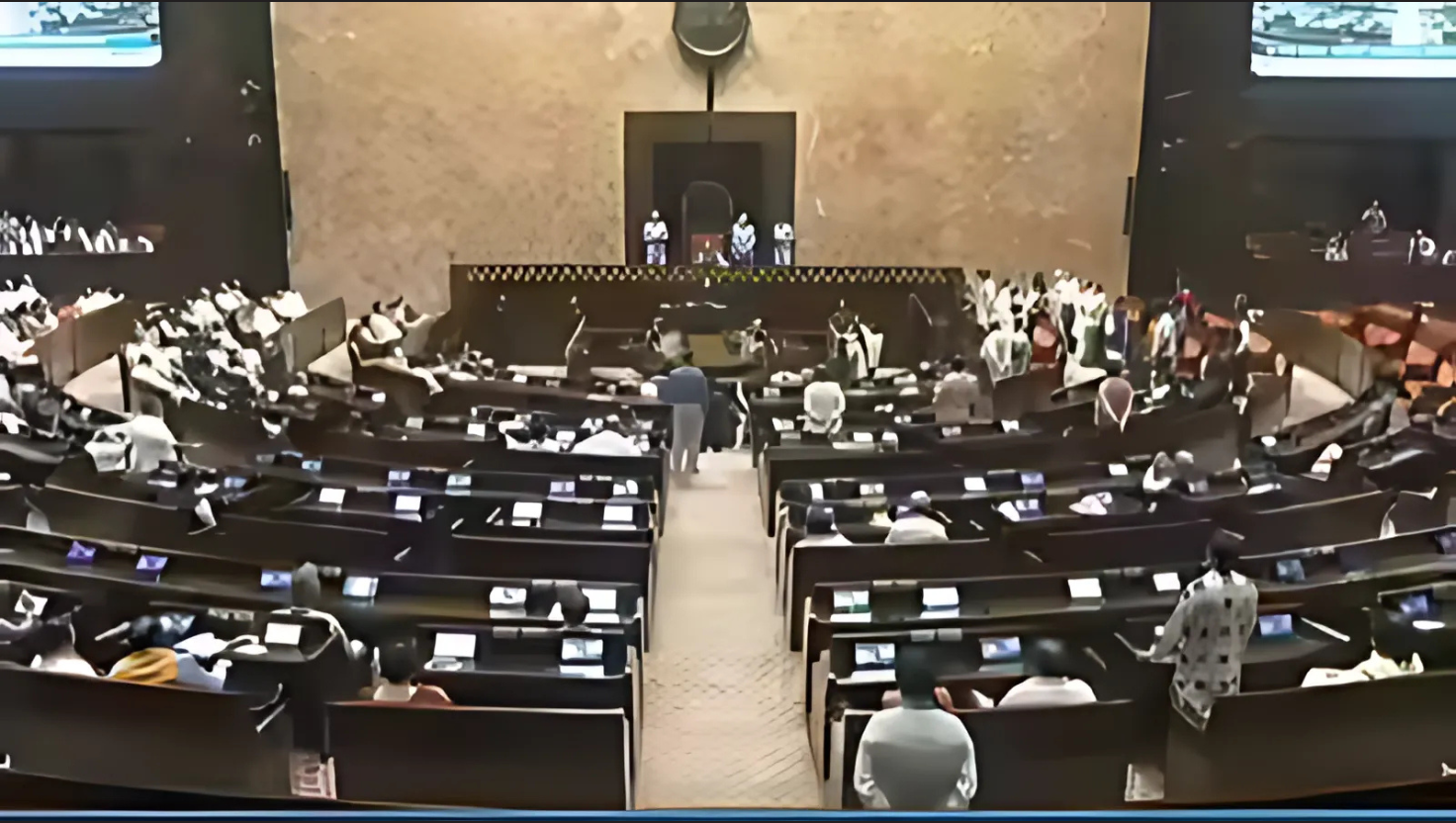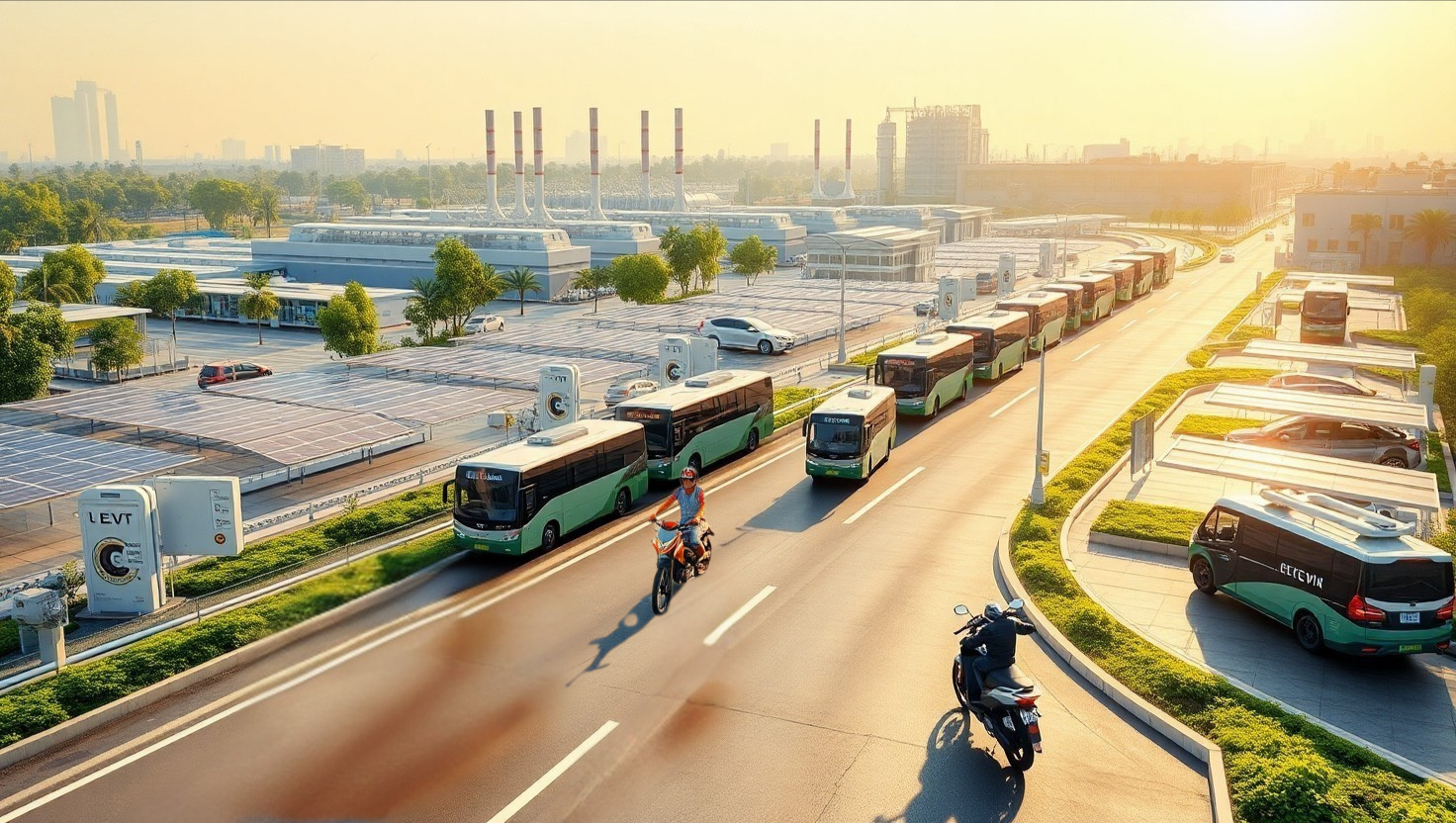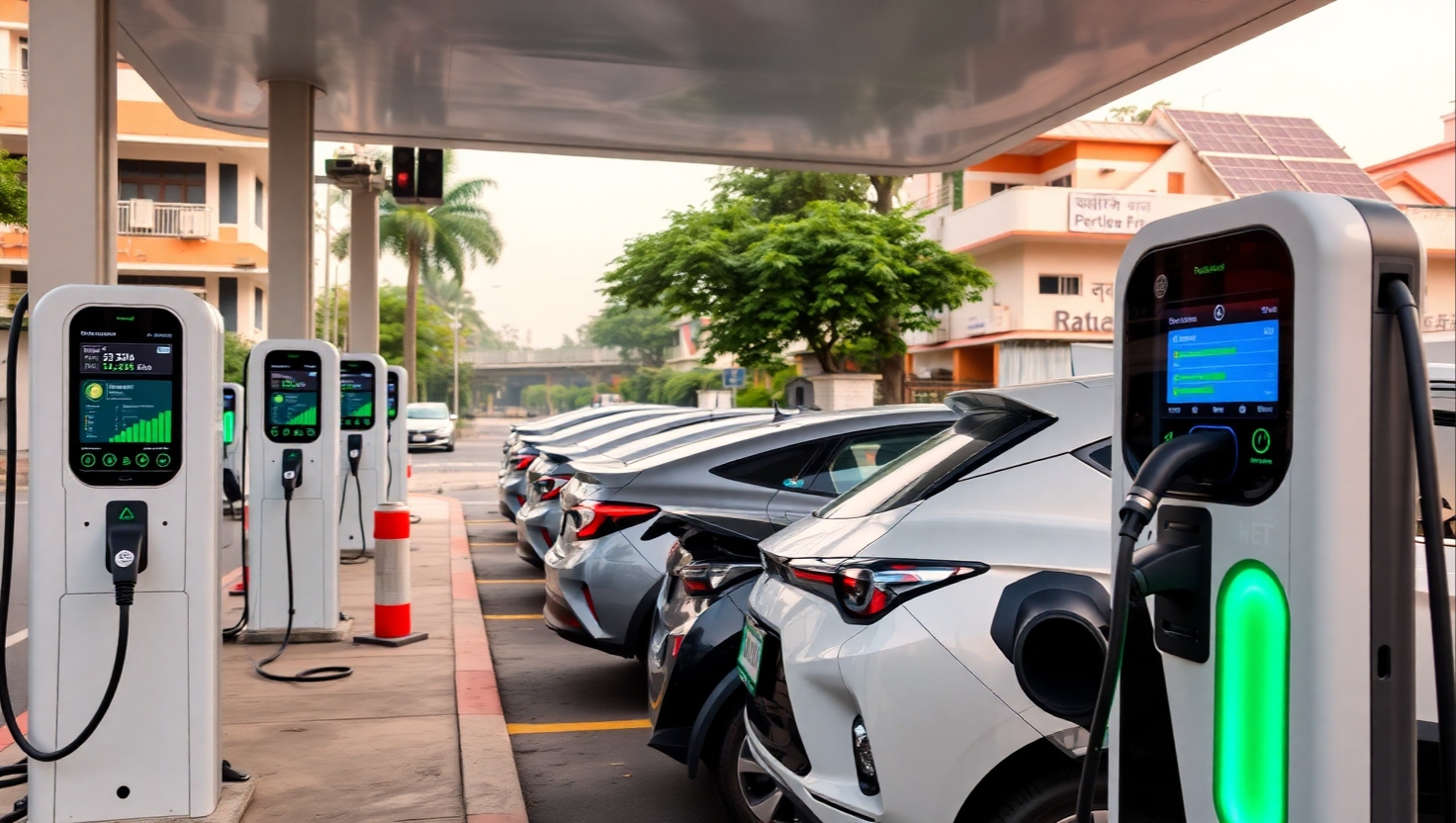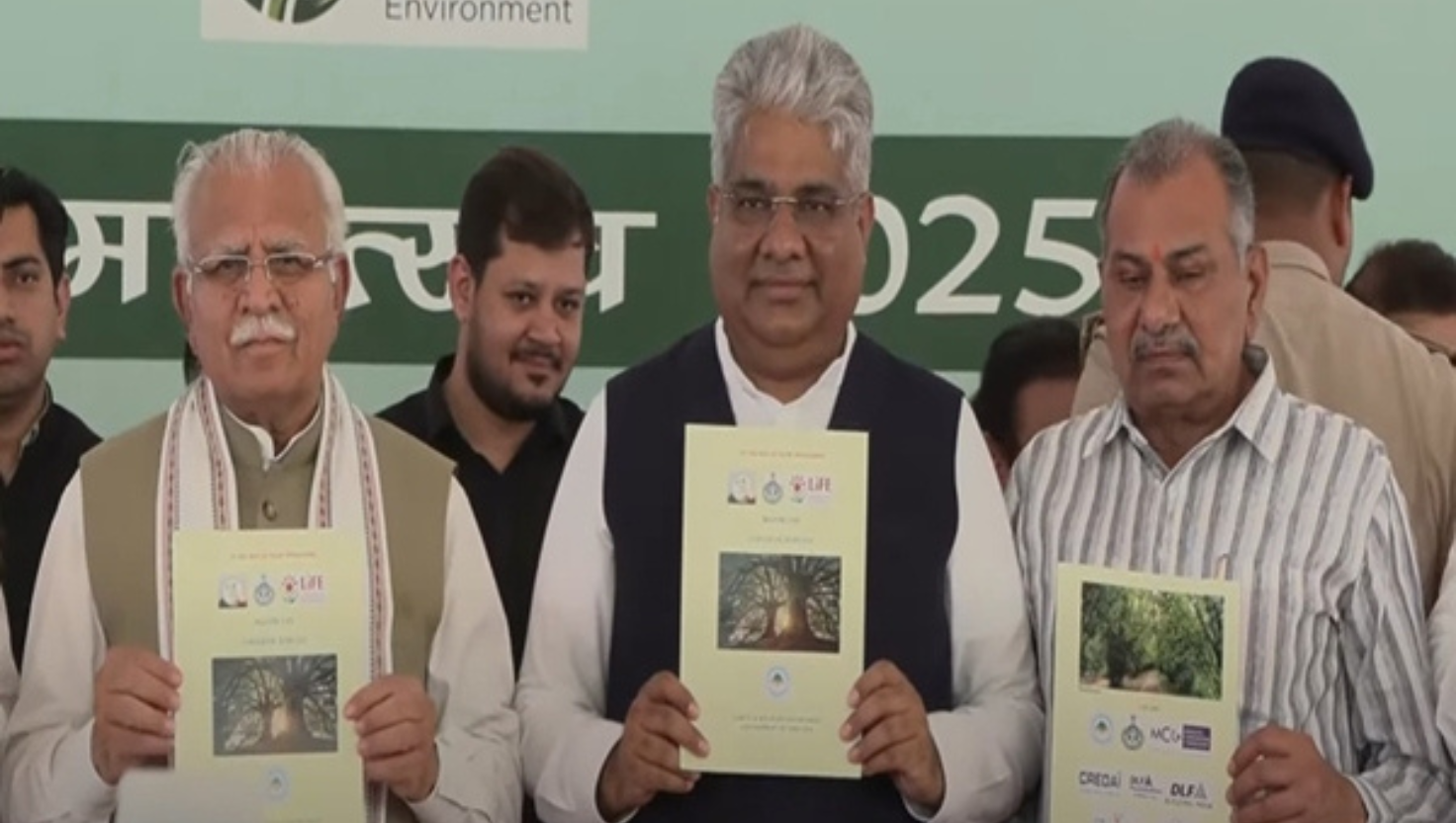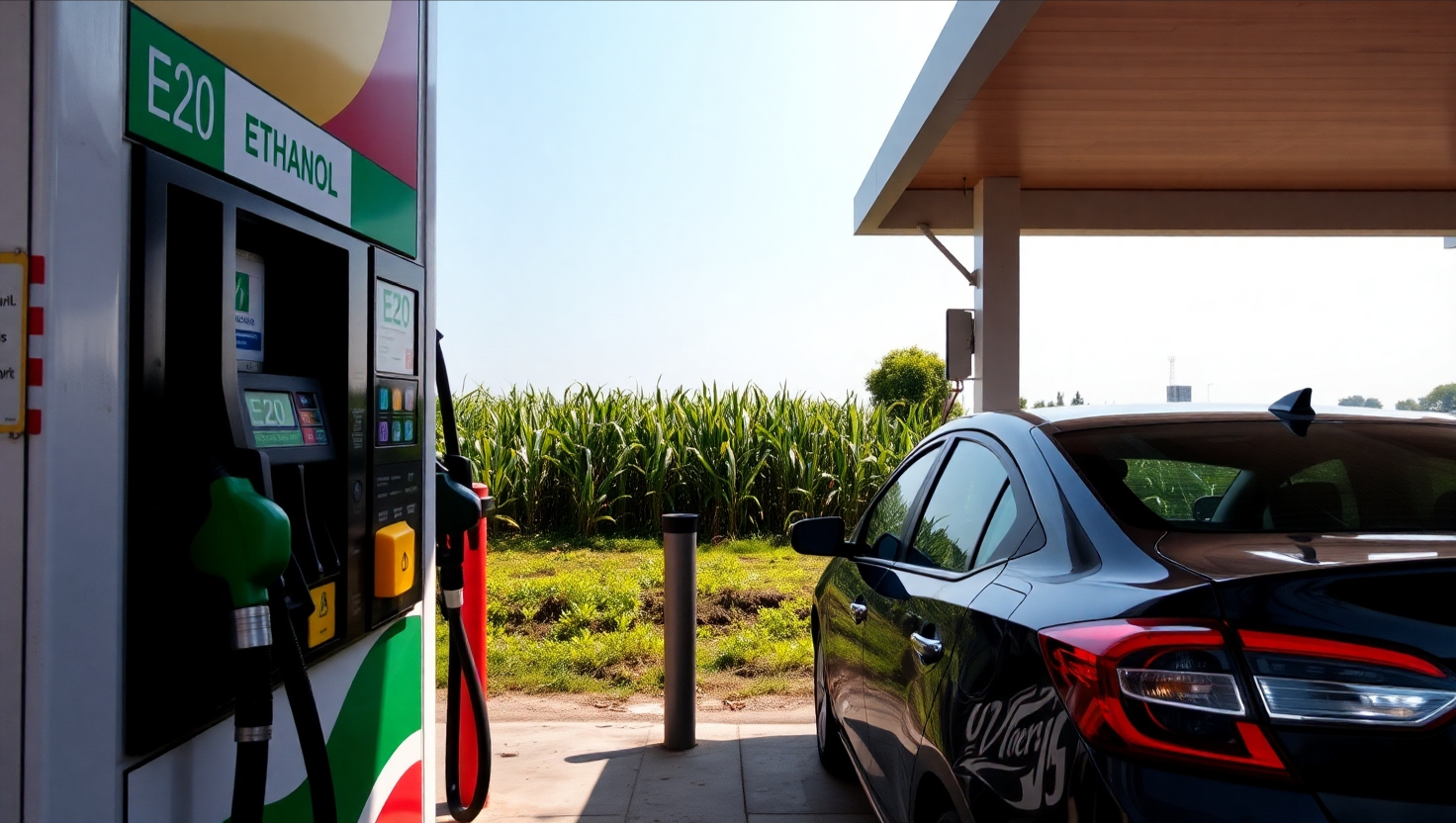Paris Agreement
Syllabus: Environment – International Treaties, Climate Change (UPSC GS III)
Source: UNFCCC
Paris Agreement – Overview
The Paris Agreement is a legally binding international treaty under the UNFCCC, adopted during COP21 in Paris on 12 December 2015. It entered into force on 4 November 2016, with participation from 195 countries.
Objectives:
- Limit global temperature rise to well below 2°C and pursue efforts to cap it at 1.5°C above pre-industrial levels.
- Enhance the ability of countries to adapt to climate change.
- Promote climate finance, technology transfer, and capacity building.
Key Features of the Paris Agreement
1. Nationally Determined Contributions (NDCs)
- Countries must submit updated NDCs every 5 years, with progressively more ambitious targets.
- NDCs include both mitigation (emission cuts) and adaptation actions.
2. Long-Term Strategies (LT-LEDS)
- Countries are encouraged (but not obligated) to submit long-term low-emission development strategies, aligning with sustainable development priorities.
3. Finance, Technology & Capacity Building
- Developed countries are required to provide financial support to developing nations.
- A Technology Framework was created to support innovation and transfer of climate-friendly technologies.
- Emphasis on capacity-building for developing countries to handle climate challenges.
Implementation Mechanism
1. Transparency Framework
- From 2024, all countries will report their climate actions under an Enhanced Transparency Framework (ETF).
- Progress will be reviewed through a technical expert review and peer consultation.
2. Global Stocktake
- Every five years, starting in 2023, a Global Stocktake will assess collective progress towards long-term goals.
- Findings will guide nations to increase ambition in subsequent NDCs.
Scientific Urgency
According to the IPCC, exceeding the 1.5°C limit could trigger extreme climate events like severe droughts, heatwaves, and floods.
To stay within 1.5°C:
- Emissions must peak before 2025
- GHG emissions must fall by 43% by 2030
Achievements & Challenges
Achievements:
- Rise of carbon neutrality targets and clean technology adoption.
- Zero-carbon solutions are gaining competitiveness, especially in power and transport sectors.
Challenges:
- Emissions continue to rise, and existing national commitments are insufficient to meet temperature goals.
- Lack of enforceability, as the Agreement is non-punitive and relies on voluntary compliance.





